Why Evolution Designed Children to Need More Than Two Parents

TL;DR: Hamilton's rule (rB > C) mathematically predicts when altruism evolves based on genetic relatedness, explaining why worker bees die for sisters and why you might save two siblings over one. But human behavior transcends this formula through culture, adoption, and compassion for strangers.
Would you sacrifice yourself to save your brother? What about two cousins? An evolutionary biologist might have calculated that decision for you decades ago. In 1955, geneticist J.B.S. Haldane sat in a British pub and reportedly quipped, "I would lay down my life for two brothers or eight cousins." He wasn't drunk—he was doing evolutionary math.
That comment captured something unsettling: family loyalty might not be about love at all. It might be cold genetic accounting. Nearly a decade after Haldane's quip, a British biologist named W.D. Hamilton published a formula that changed how we understand altruism. His equation, rB > C, suggested that evolution had programmed us to value relatives based on shared DNA percentages.
The math is surprisingly simple. You share roughly 50% of your genes with siblings. To justify sacrificing your life (cost = 100% of your genes lost) for a sibling (benefit = 50% of your genes saved), you'd need to save at least two siblings. Two times 50% equals 100%—breakeven. With cousins, you share about 12.5% of genes, so you'd need eight of them (8 × 12.5% = 100%) to make the sacrifice evolutionarily worthwhile.
This idea—called kin selection—asks whether family bonds are fundamentally mathematical. Do we love our children because evolution optimized us to propagate our genes? Would you actually hesitate before saving one cousin versus eight?
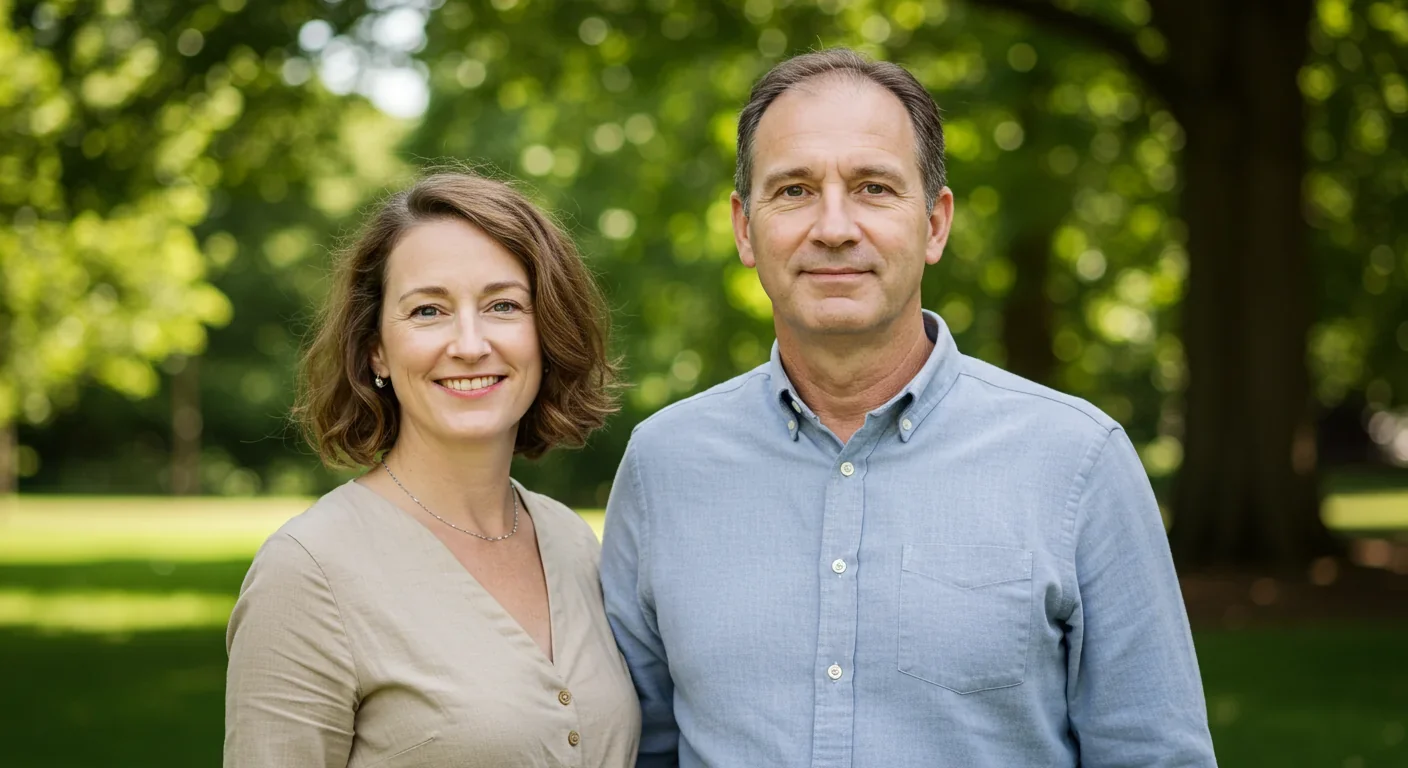
Charles Darwin noticed something odd: worker bees. These females spend their lives raising their queen's offspring while remaining sterile themselves. How could natural selection favor individuals who never reproduce? It seemed to contradict survival of the fittest.
W.D. Hamilton solved this puzzle in 1964. His papers in the Journal of Theoretical Biology introduced the concept of inclusive fitness—the idea that your evolutionary success isn't just measured by your own offspring, but by helping relatives who share your genes reproduce.
Hamilton's rule formalized this: altruistic behavior evolves when rB > C, where:
r = genetic relatedness between you and the recipient
B = reproductive benefit to the recipient
C = reproductive cost to you
Translation: you'll evolve to help others when the benefit to them, weighted by how much DNA you share, exceeds the cost to you. It's evolutionary accounting, and the currency is genes.
The math gets interesting with haplodiploidy—a genetic system used by bees, ants, and wasps. Because of quirks in how their sex chromosomes work, female workers share 75% of genes with their sisters but only 50% with potential offspring. That creates a genetic incentive to raise sisters instead of daughters. Evolution made sterile workers profitable.
Hamilton's theory provided the missing piece. Richard Dawkins later popularized this in The Selfish Gene, framing it as genes acting selfishly by promoting copies of themselves—even copies in other bodies.
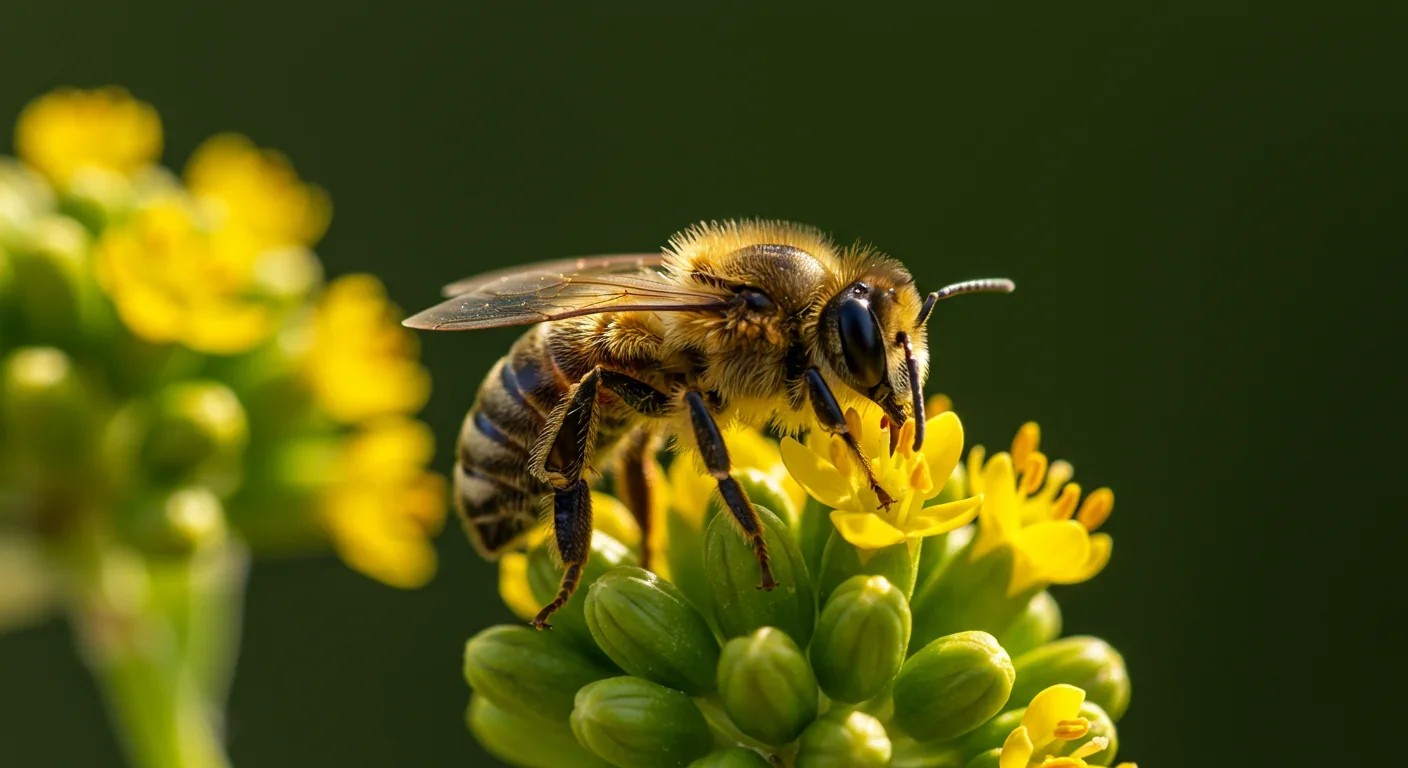
Kin selection predicts that animals should behave differently toward relatives versus strangers. And they do, across dozens of species.
Belding's ground squirrels give alarm calls when predators approach—but only when genetic relatives are nearby. The calls attract attention to the caller, putting them at risk. Yet Hamilton's rule predicts this: the caller risks their life (cost) to save multiple relatives (benefit), and when rB > C, the trait spreads.
Honeybees defend their hive by stinging intruders, even though stinging kills them. The worker bee dies, but her sisters—who share 75% of her genes—survive. The math works: 0.75 × (benefit of hive survival) > (cost of one worker's death). Evolution programmed the ultimate sacrifice.
Even plants get in on it. Morning glory vines allocate less root mass when grown near genetic siblings, reducing competition with relatives. Sagebrush emits chemical warnings after being attacked by herbivores—and nearby relatives respond more strongly to those signals than non-relatives do.
Then there's the naked mole rat, a wrinkled, nearly hairless mammal that lives in underground colonies. Like ants, naked mole rats have a single breeding queen and sterile workers. High colony relatedness makes this pay off genetically. Workers raise the queen's pups—their siblings—instead of reproducing themselves.
"Worker bees, ants, and naked mole rats sacrifice their own reproduction to raise sisters. The genetic math makes sterile workers evolutionarily profitable."
— Principle derived from Hamilton's inclusive fitness theory
Even marine life follows Hamilton's math. Synalpheus regalis shrimp live in sponges with average colony relatedness of 0.50. Non-reproductive shrimp defend juveniles, ensuring shared genes propagate even if individual defenders die.
The pattern holds: from insects to mammals to plants, organisms invest in relatives proportionally to genetic relatedness. Nature apparently does the math.
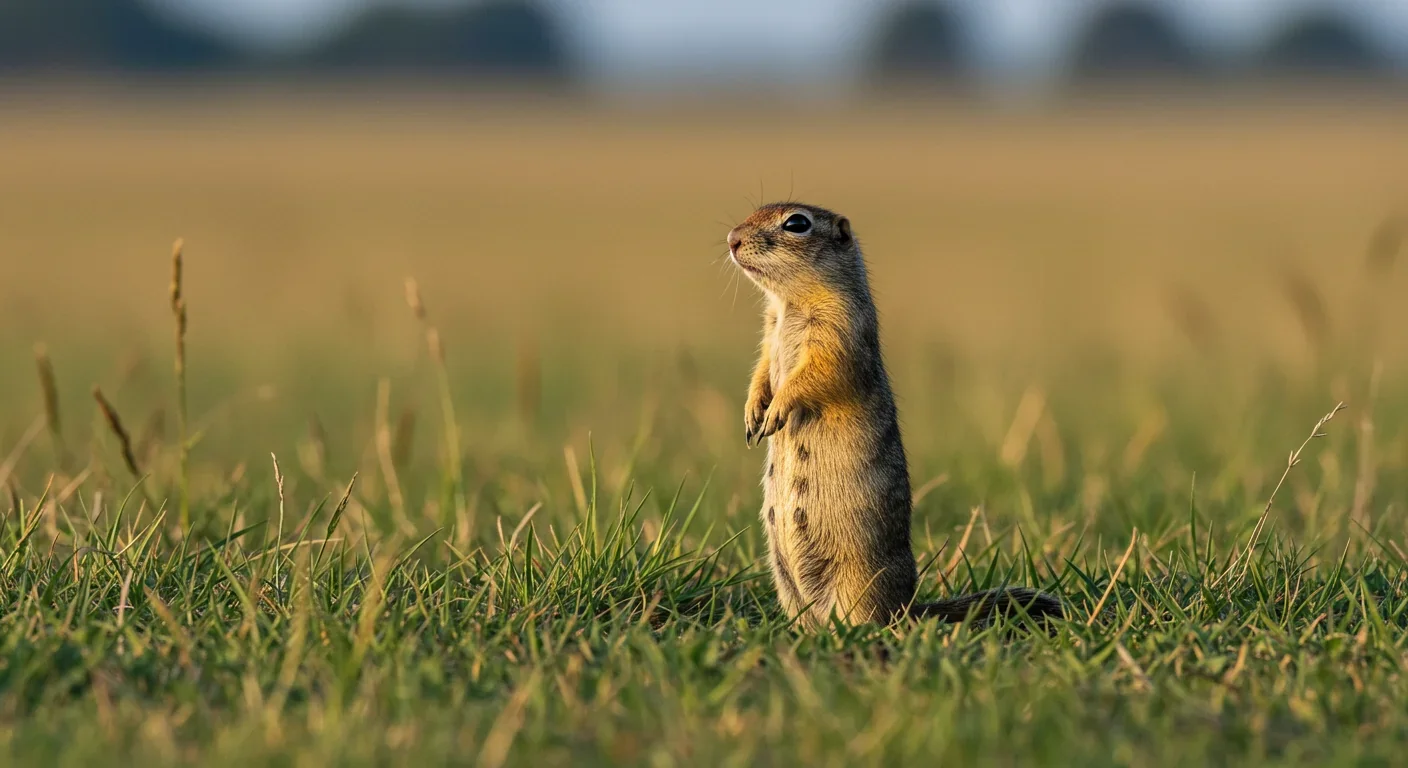
This is where things get complicated. If Hamilton's rule applies to ground squirrels and bees, does it apply to us?
Some evidence says yes. Robin Dunbar's 2007 study found that human altruistic behavior increases with genetic relatedness. Parents invest more in biological children than stepchildren. Inheritance patterns favor close relatives. Nepotism—preferring family members for jobs or opportunities—follows predictable genetic lines.
Grandparental investment also aligns with kin selection. You share 25% of genes with grandchildren, and grandparents often invest heavily in them. Interestingly, maternal grandparents (related through daughters) sometimes invest more than paternal grandparents, potentially reflecting certainty about genetic relatedness.
But humans break Hamilton's rule constantly. We adopt children with zero genetic relatedness and love them fiercely. We donate to strangers halfway across the world. We risk our lives for friends, teammates, fellow citizens—people who share no more DNA with us than random strangers.
Anthropologists point out that human kinship is largely cultural, not genetic. Categories of "close family" versus "distant relatives" vary wildly across societies and don't map neatly onto genetic relatedness coefficients. In many cultures, adopted siblings or lifelong friends hold kinship status that biological cousins don't.
One concept that might bridge this gap is cultural inclusive fitness—the idea that humans extend "kin" concepts beyond genetics. We treat people who share our values, practices, or community identity as kin, even without blood ties. This suggests Hamilton's rule might operate on cultural similarity, not just genetic similarity, in humans.
Humans break the genetic rules: we adopt unrelated children, donate to strangers, and risk our lives for abstract ideals. Cultural kinship transcends biological kinship.
Still, the basic pattern shows up. We're more likely to help close relatives than distant ones, and genetic relatedness does predict some altruistic behavior. The formula doesn't dictate individual choices, but statistically, across populations, the trend holds.

For decades, Hamilton's rule stood as settled science. Then in 2010, scientists Martin Nowak, Corina Tarnita, and E.O. Wilson dropped a bomb.
They published a paper questioning the centrality of kin selection, arguing that inclusive fitness had limitations and that haplodiploidy wasn't the primary driver of eusociality. They proposed multilevel selection—the idea that selection operates on groups, not just genes—as an alternative framework.
The response was swift and fierce. Over 150 scientists signed a public defense of kin selection, arguing that Hamilton's rule remained fundamental to understanding altruism and pointing to decades of empirical support. The controversy sparked renewed debate about the foundations of evolutionary biology.
Here's the thing: the critics had a point. Haplodiploidy alone doesn't explain eusociality. Termites and naked mole rats are eusocial but diploid—they don't have the 75% sister relatedness advantage that bees and ants do. Other factors matter: ecological constraints, resource patchiness, offspring that require intensive care, and low success rates for solitary reproduction.
"Over 150 scientists signed a public defense of Hamilton's rule after the 2010 critique, highlighting decades of empirical support for kin selection theory."
— Scientific community response to Nowak-Wilson controversy
Moreover, relatedness coefficients don't tell the whole story. Organisms don't calculate genetic similarity before helping others. Most kin recognition comes from developmental context, familiarity, and spatial proximity, not genetic detection. Evolution works on statistical correlations—organisms that happen to help nearby individuals (who happen to be relatives) end up propagating their genes.
Some biologists now view kin selection and group selection as complementary, not contradictory. An expanded Hamilton's rule can incorporate group benefits by adding terms for between-group effects: r_within × B_within + B_between > C. The two frameworks may be mathematically equivalent ways of looking at the same evolutionary dynamics.
But the 2010 controversy revealed something important: even foundational theories in biology remain subject to debate, refinement, and challenge. Science doesn't hand down commandments. It argues, tests, and evolves.

The more you examine kin selection, the more complications emerge. Hamilton's rule is a statistical criterion, not a deterministic prediction. It describes conditions under which altruistic traits can spread in populations, not when they will occur in individuals. The formula sets evolutionary parameters but doesn't prescribe behavior.
Consider the green-beard effect—a hypothetical gene that causes organisms to recognize and help others carrying the same gene. The concept is theoretically elegant but rare in nature. Genetic similarity at other loci discourages gene-specific altruism, and most kin recognition operates through context, not genetic markers.
Reciprocal altruism offers another explanation for cooperation. You scratch my back, I'll scratch yours—even if we're unrelated. This explains cooperation in contexts where relatedness is low, like friendships, business partnerships, and international treaties. Hamilton's rule doesn't cover this territory well.
Then there's the simple fact that altruism costs. Helping relatives might propagate shared genes, but if the cost is too high, evolution won't favor it. Alarm calls work when the risk is manageable. Sacrificing your life for one sibling doesn't meet Hamilton's threshold (0.5 × 1 = 0.5, which is less than 1.0), so pure kin selection wouldn't predict it—yet people sometimes make that sacrifice anyway.
Cultural factors in humans massively complicate the picture. Social norms, inheritance laws, religious teachings, and moral frameworks heavily influence human behavior. Genetic relatedness alone cannot predict who inherits wealth, who gets family support, or who sacrifices for whom. Human kinship systems are constructed socially, not determined genetically.
Even in non-human animals, ecological context matters immensely. Ground squirrels give more alarm calls when relatives are present, but they also adjust based on predator type, escape route availability, and personal vulnerability. Hamilton's rule sets the baseline, but behavior emerges from complex interactions between genetics, environment, and individual circumstances.
So what do we actually learn from Hamilton's rule? Not that humans are genetic calculators, tallying relatedness coefficients before deciding who to help. The formula isn't prescriptive—it's descriptive.
What Hamilton's rule reveals is that genes creating tendencies to help relatives will outcompete genes that don't, given the right conditions. Over evolutionary time, lineages that happened to invest in kin left more descendants than lineages that didn't. The math tracks gene frequencies, not individual psychology.
Inclusive fitness shifted evolutionary biology's focus from individuals to genes. Your genetic legacy isn't just your offspring—it's the shared genetic material propagated through relatives you help. A gene promoting altruism toward siblings succeeds not because individual organisms benefit, but because copies of that gene (in siblings' bodies) benefit.
This framework has proven remarkably productive. It's generated testable predictions across thousands of species, most of which have been confirmed. Social insects, cooperative breeders, alarm-calling birds, kin-preferential plants—all fit patterns predicted by kin selection theory. The formula works as a statistical description of evolutionary outcomes.
But for individual humans making daily choices, Hamilton's rule offers limited guidance. You don't (and shouldn't) calculate genetic relatedness before deciding whether to help someone. Moral philosophy, social bonds, personal values, and empathy drive human behavior far more than genetic optimization.
Hamilton's rule describes evolutionary patterns, not individual psychology. We love our children because evolution wired us to feel love, not because we consciously optimize gene propagation.
The real insight is evolutionary, not psychological. Natural selection shaped organisms—including us—to care about others, especially relatives. But the mechanisms that evolution built (emotions like love, loyalty, empathy, guilt) operate independently of genetic calculations. We love our children because evolution wired us to feel love, not because we consciously optimize gene propagation.
If Haldane's pub calculation was right, evolutionary forces shaped tendencies to value two siblings over one, or eight cousins over two. But humans have done something remarkable: we've extended altruism beyond genetic relatedness.
Cultural inclusive fitness suggests that humans create kinship through shared experiences, values, and communities. We've built institutions—schools, hospitals, legal systems—that redistribute resources to strangers. We've developed moral philosophies that argue for universal human dignity regardless of genetic similarity.
Some sustainability advocates have extended inclusive fitness concepts metaphorically, framing environmental stewardship as expanding the circle of concern from family to community to planet. If we can evolve to care about genetic kin, can we culturally evolve to care about ecological kin—the species and ecosystems we depend on?
The math of Hamilton's rule might describe how altruism originated, but it doesn't limit where altruism can go. Humans are unique in our capacity to override genetic programming through culture, reason, and choice. We adopt children, donate to distant causes, and sacrifice for abstract ideals. These behaviors might have evolutionary roots, but they've transcended evolutionary constraints.
As we confront global challenges—climate change, pandemics, resource scarcity—understanding cooperation becomes critical. Kin selection explains why family bonds are strong. Reciprocal altruism explains cooperation among non-relatives. Cultural evolution explains expanding moral circles. Together, these mechanisms suggest that cooperation at scale is possible, though not guaranteed.
The question isn't whether you'd die for two brothers or eight cousins. It's whether humanity can build systems that extend cooperation beyond kin, beyond reciprocity, to genuine concern for strangers and future generations.
Hamilton gave us the math for family loyalty. Now we need the math—and the culture—for planetary loyalty.
Evolution programmed tendencies, not destinies. Hamilton's rule describes statistical patterns in gene frequencies over generations, not moral imperatives for individuals. Understanding the evolutionary origins of altruism doesn't diminish its value or reduce love to calculation.
Knowing that parental love has genetic roots doesn't make it less real. Understanding that nepotism follows predictable patterns doesn't excuse it ethically. The fact that alarm calls in birds evolved through kin selection doesn't make them less courageous.
The real lesson from Hamilton's rule is humility. Human behavior emerges from layers: genetic predispositions shaped by evolution, developmental experiences that wire our brains, cultural contexts that define norms, and individual choices that reflect values. No single equation captures that complexity.
Perhaps the most profound implication is this: if evolution could build altruism through genetic relatedness, we can build altruism through cultural relatedness. The mechanisms differ, but the outcome—cooperation, care, sacrifice for others—can transcend biology.
You probably won't calculate relatedness coefficients before helping your sibling. But somewhere in your evolutionary past, ancestors who helped siblings left more descendants than ancestors who didn't. That's why you feel the pull of family loyalty without doing the math.
The equation explains the pull. What you do with it is up to you.
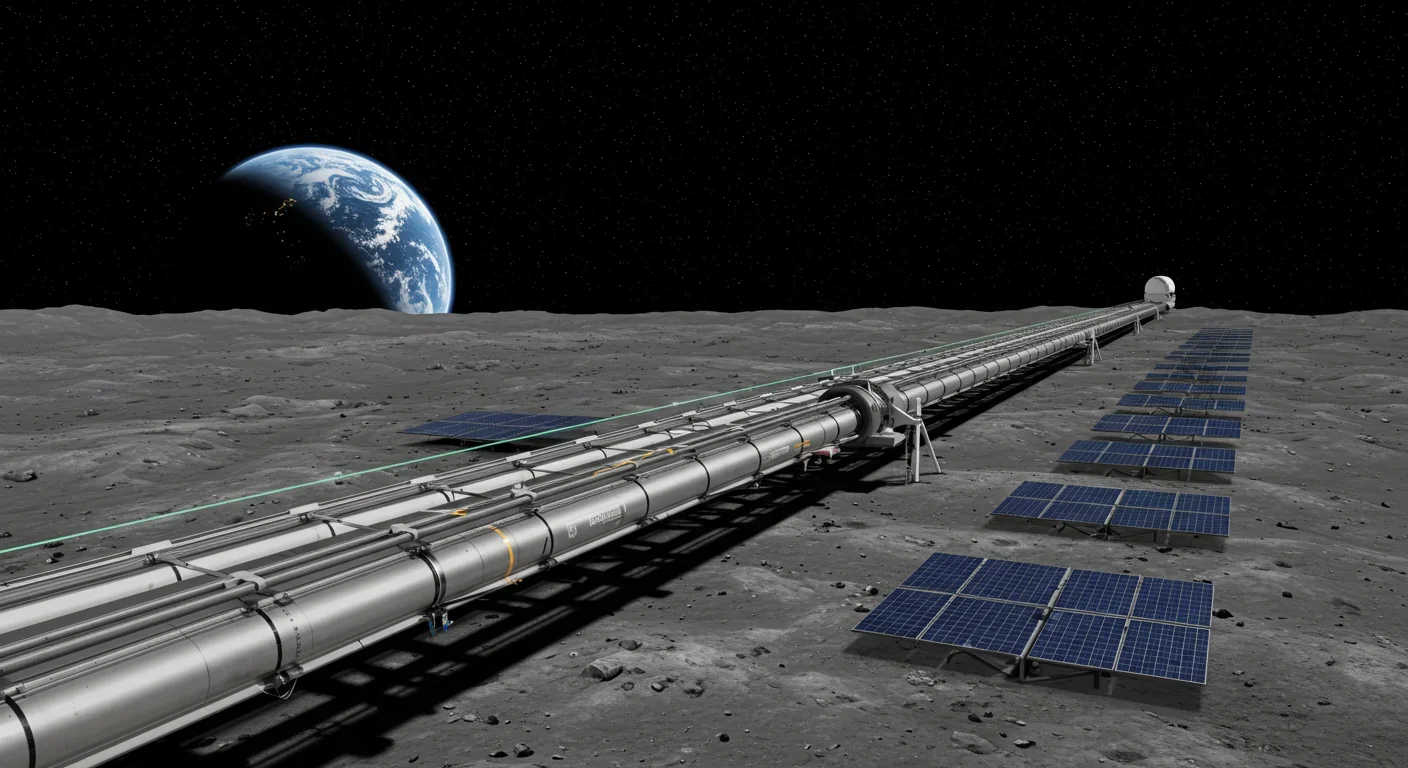
Lunar mass drivers—electromagnetic catapults that launch cargo from the Moon without fuel—could slash space transportation costs from thousands to under $100 per kilogram. This technology would enable affordable space construction, fuel depots, and deep space missions using lunar materials, potentially operational by the 2040s.

Ancient microorganisms called archaea inhabit your gut and perform unique metabolic functions that bacteria cannot, including methane production that enhances nutrient extraction. These primordial partners may influence longevity and offer new therapeutic targets.

CAES stores excess renewable energy by compressing air in underground caverns, then releases it through turbines during peak demand. New advanced adiabatic systems achieve 70%+ efficiency, making this decades-old technology suddenly competitive for long-duration grid storage.

Human children evolved to be raised by multiple caregivers—grandparents, siblings, and community members—not just two parents. Research shows alloparenting reduces parental burnout, improves child development, and is the biological norm across cultures.
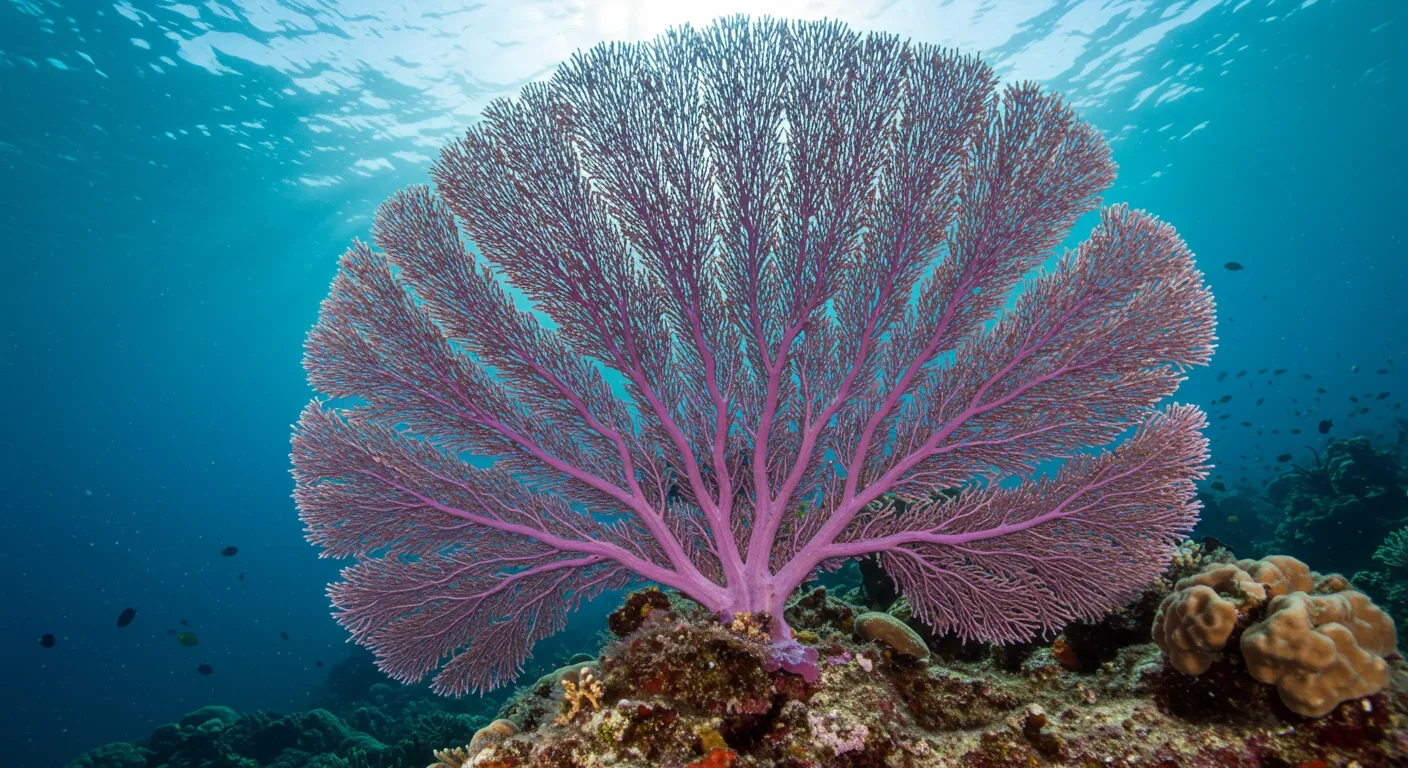
Soft corals have weaponized their symbiotic algae to produce potent chemical defenses, creating compounds with revolutionary pharmaceutical potential while reshaping our understanding of marine ecosystems facing climate change.

Generation Z is the first cohort to come of age amid a polycrisis - interconnected global failures spanning climate, economy, democracy, and health. This cascading reality is fundamentally reshaping how young people think, plan their lives, and organize for change.

Zero-trust security eliminates implicit network trust by requiring continuous verification of every access request. Organizations are rapidly adopting this architecture to address cloud computing, remote work, and sophisticated threats that rendered perimeter defenses obsolete.